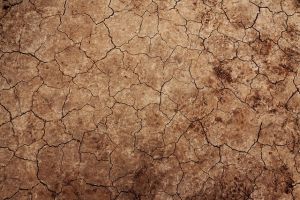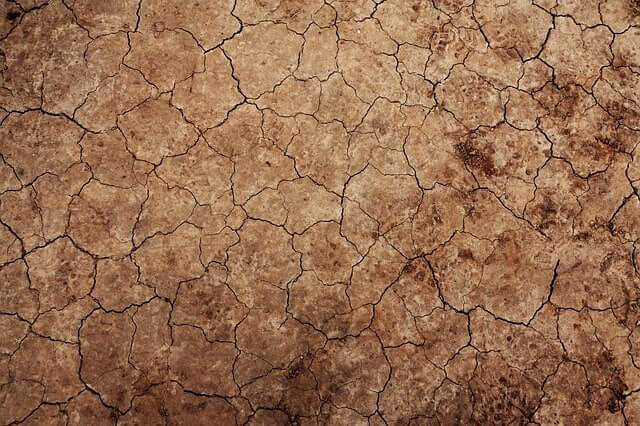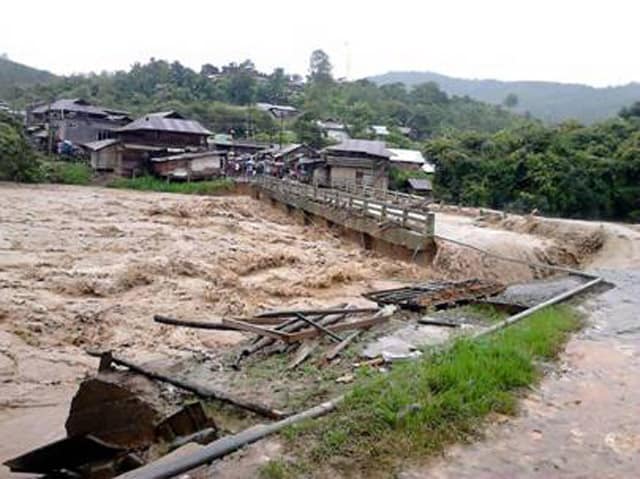Go-Rokhia Pukhuri and West Dighalpani
Diphu: Drought in a wide area of Hamren subdivision is hurting farmers in the Howraghat area of east Karbi Anglong. The worst affected areas include Go-rokhia Pukhuri and West Dighalpani drought, where no rain has fallen in the past two months. This area is seen as the largest paddy cultivable area.
Hundreds of acres of normally fertile soil look like parched barren fields, without the seasonal rainfall now. Most government irrigation schemes, dependent on natural rainfall, failed to provide much-needed water to irrigate the fields.
Affected villages include Mahalichit, Durgapur, Kanki, Kuche pukhuri, Natun Basti, Karkok Chariali Chauhan Village and Santipur gaon. The Go-Rokhia Pukhuri and West Dighalpani drought-affected farmers demanded the immediate installation of deep tube wells in the affected areas. They want to see a coordinated effort of both the Agriculture and Irrigation departments.
A largenumber of existing mega irrigation schemes exist only on paper in the affected areas. Any irrigation schemes actually there, show how money was wasted. They are not helping the farmers and people of karbi Anglong in this disaster, in spite of tall claims by the Karbi Anglong Autonomous Council authority. Hill Areas Development Minister Khorsing Engti, who represents Howraghat legislative assembly constituency, stands apart from the farmers in this disaster.
Kheroni District Drought

Drought-affected land (File photo)
Other badly affected areas in Karbi Anglong are the drought-affected Kheroni district and surrounding areas. These include Rikang, Mihor, Changbong, Prilue,Phelangpi, Tharway Hidhi, Mechway Hidhi, Honmelangso, Thelang Gaon, Jiringsong-Jeng Kro, Ramthapi, Men Gaon, Longsiring, Phelangpi Lalung Gaon, Zenkha, Dera Arlok, Wati Worch and Howai Pur. The drought prevented the sowing of paddy seed and other seasonal crops.
The whole area faces adversity without the monsoon downpour. Farmers allege that although the Irrigation department has large numbers of water supply schemes covering all of these affected areas in their official records, on the ground, cultivators are struggling for lack of water. It is exactly like the days before money was spent on irrigation schemes, when they were totally dependent on natural rainfall.
Irrigation department records say that the Wati Worch- Howaipur scheme can irrigate two thousand Bighas of cultivable land, but it actually only covers 20 Bighas. Also, as previously reported last week, the Prilue-Phelangpi deep tube well scheme does not work, due to technical problems, and the Amreng water supply scheme has remained non-functional for a long time.
All of these failures mean that the farmers are totally dependent on natural rainfall for their seasonal agriculture. The Go-Rokhia Pukhuri and West Dighalpani Drought will hopefully end soon.





